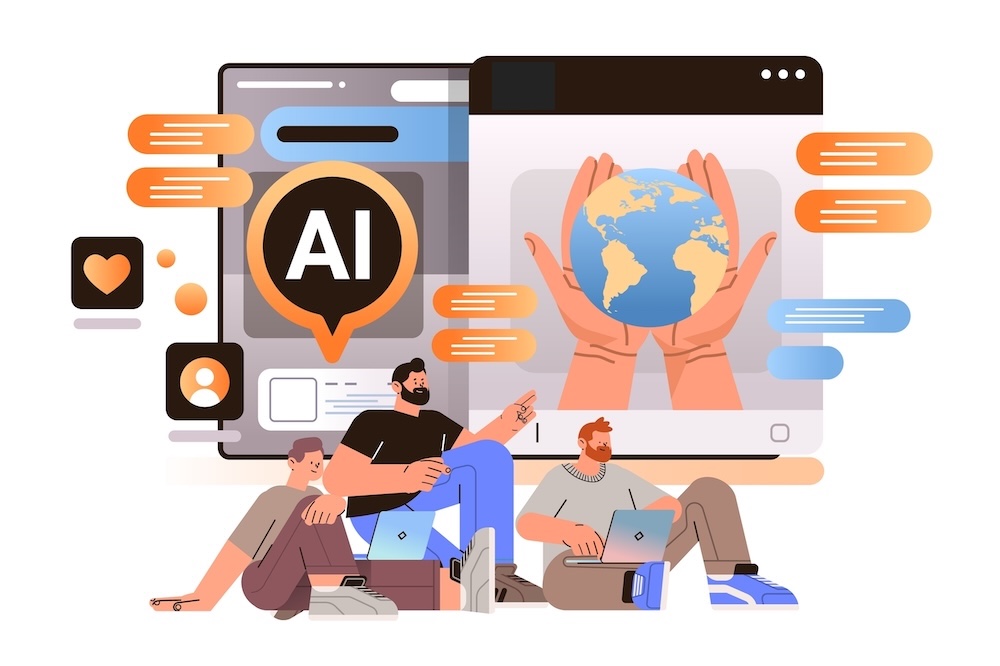You may have missed this announcement from the MacArthur Foundation, but it’s important and deserves some attention. The Foundation has announced that it will increase indirect cost support for grantees, to 29%. The Hewlett Foundation, Ford Foundation, Packard Foundation and Open Society Foundation have similarly committed to increasing the indirect cost support they provide to grantees. This might sound like something only accountants would care about, but the implications are big.
MacArthur didn’t do this on a whim. They, together with some of their peers, studied Form 990 data (non-profit tax returns) from thousands of grantees to uncover the true costs of conducting grantee business—which in this case is providing services that will make a positive impact on society.
A Detour on Indirect Costs
Before I talk more about indirect cost support, let’s talk a little accounting. I promise it won’t hurt.
Let’s start by understanding direct costs. These are the costs that you incur to deliver your product or service. They go up or down depending on how much product or service you deliver. If you’re a manufacturer, Cost of Goods Sold is a direct cost. To double your sales, you must double the widgets you produce. This means you must double the raw materials you purchase to build those widgets. In theory, if your business doesn’t produce or deliver anything, you don’t have any direct costs.
Indirect costs are the expenses you incur just to keep the doors to your business open. You pay office rent. And you pay for electricity, Internet access and salaries for “overhead” positions like Office Manager. You pay these indirect costs even before you hire your first consultant or program officer.
Why Increased Indirect Cost Support Matters
What MacArthur found after examining Form 990 data was that non-profits were spending more—a lot more—on indirect costs. Where did the money for indirect costs come from? It had to come from other income by the non-profit. Grantees have been trying to deliver services on budgets that can’t cover their indirect costs. For funders like MacArthur, that means not getting as much impact from their grants as they could.
CGNET spent a fair bit of time in 2019 working with Foundations on the issue of grantee cybersecurity. We saw firsthand the impact of starved indirect cost support. Cybersecurity wouldn’t be the first consideration for most grantees. But, faced with choices about how to spread limited indirect cost support around, cybersecurity usually fell to the bottom of the list. The result? Grantees left exposed to cyberattack.
Better Support Could Improve Grantee Security
No doubt grantees will have other ideas than cybersecurity when it comes to deciding how to use increased indirect cost support. That’s OK. The good news is that implementing even the most basic cybersecurity practices can have an outsized impact. The TAG Cybersecurity Working Group did a great job in 2019 putting together actionable materials for non-profits to use. Even a little attention to cybersecurity can have a big impact.
Hopefully, we’ll see other Foundations join MacArthur, Ford, et al in increasing indirect cost support. If some of that increased indirect cost support is used to fund cybersecurity activity, grantees will be better protected from cyberattacks and funders can realize their desires for increased impact from their investments.





0 Comments